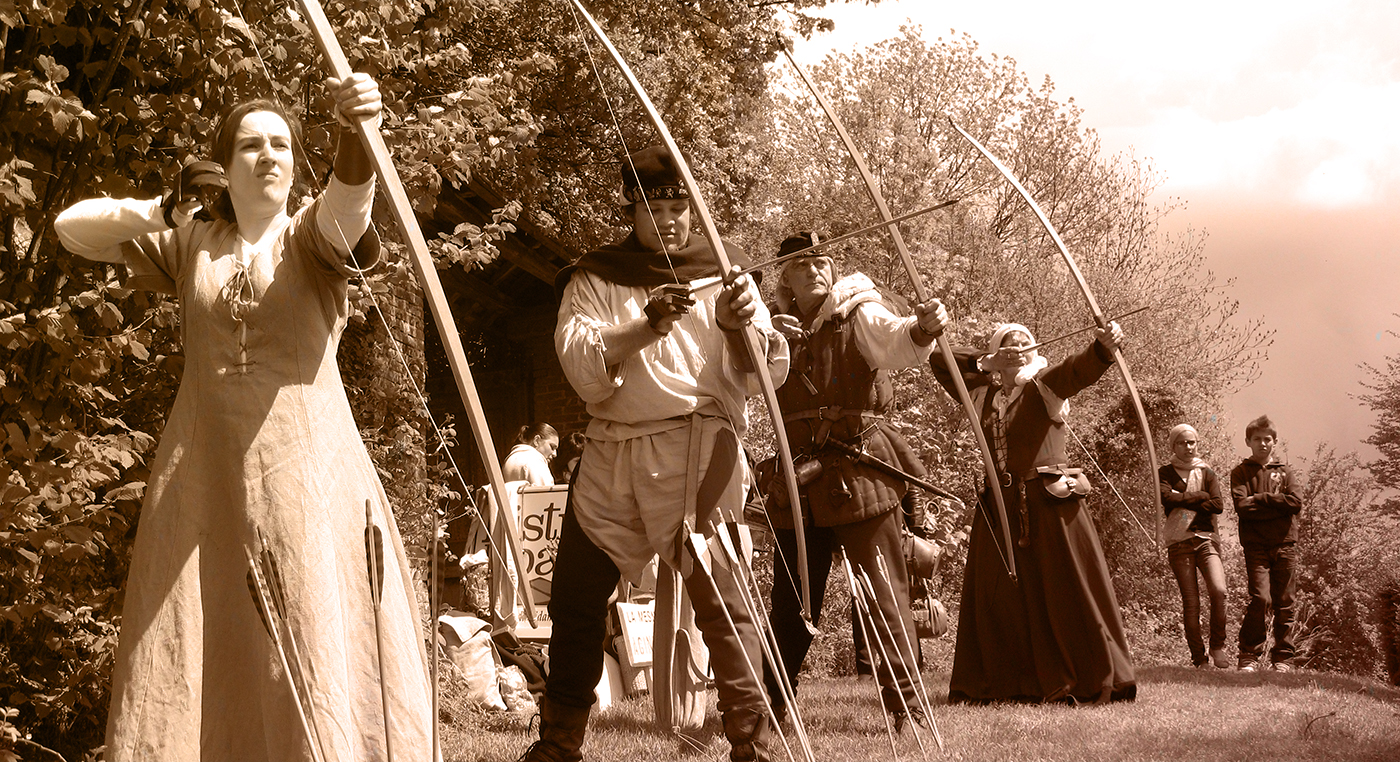Let's take the time to talk ... A little history !
The medieval arrow, like that of today, is the extension of the bow, it is a function of the bow that will propel it and the use that the archer wants to give it. The arrows fall into three main families: arrows for war, arrows for hunting and arrows for training or leisure.
For the war, the arrow must be of rapid manufacture, with single use, heavy in order to increase its inertia and its power. It is generally designed to shoot very large flies for a short time, adjusting not a precise enemy, but a precise distance: the strategy which cost us all our French chivalry during the Hundred Years War was to align more than 8000 archers who were shooting 12 to 15 arrows per minute on our troops when our pedestrians or riders arrived about 200 m from their lines, which makes between 90,000 and 120,000 arrows per minute!

It is easy to imagine the quantity of arrows necessary for an army in the field ... A chronicler of the battle of Agincourt described the "curtain of arrows which closed on the sky" ... If we count a weight of about 100gr per arrow (which was a minimum for war arrows) it was ten tons that crushed you per minute !!! No attacker can bear such rain ...
Each archer is supplied by "sheaf", that is to say by group of 24 arrows which he plants or lays on the ground in front of him. In London, in 1480, 12 sheaves, or 288 arrows, cost 38 shillings and 8 pence.
The passion start with The Mesnie 1415





